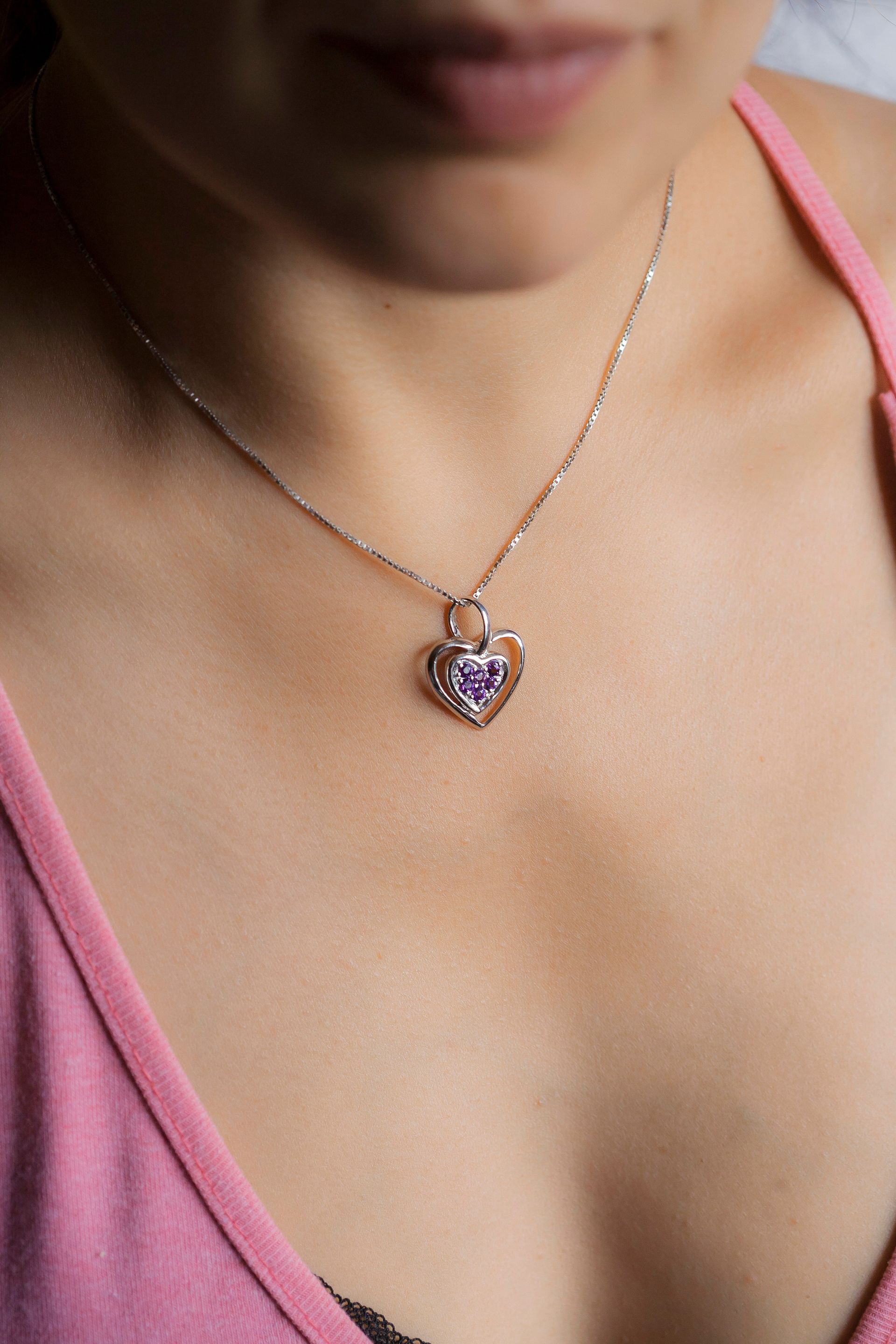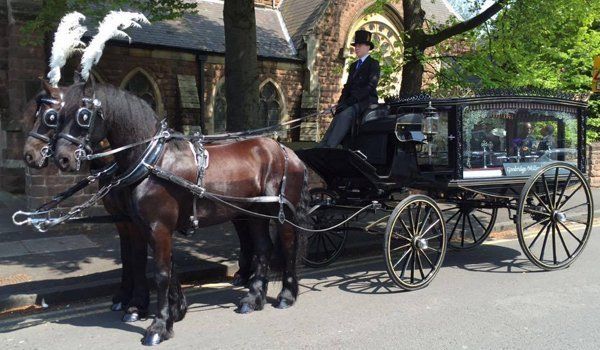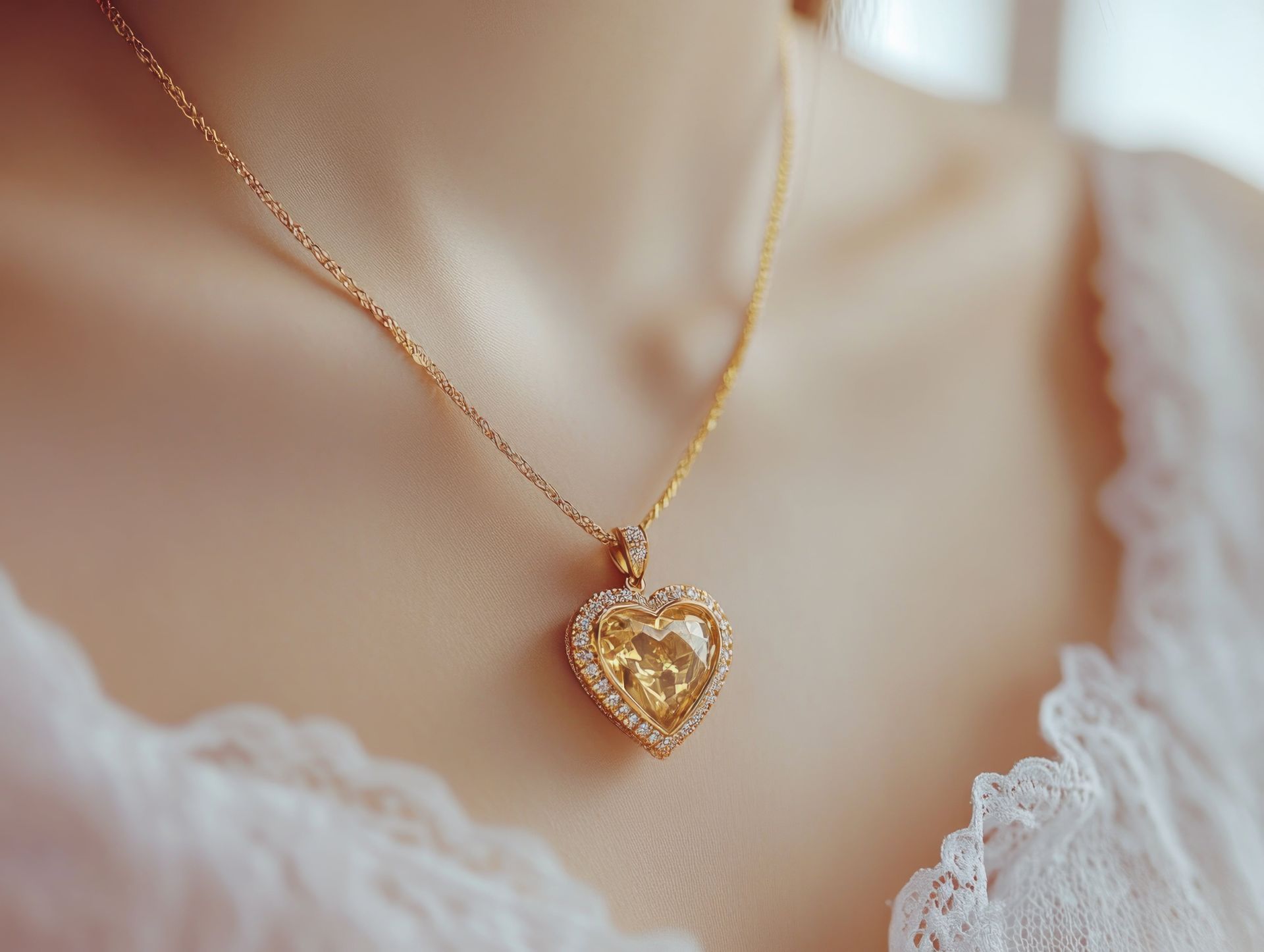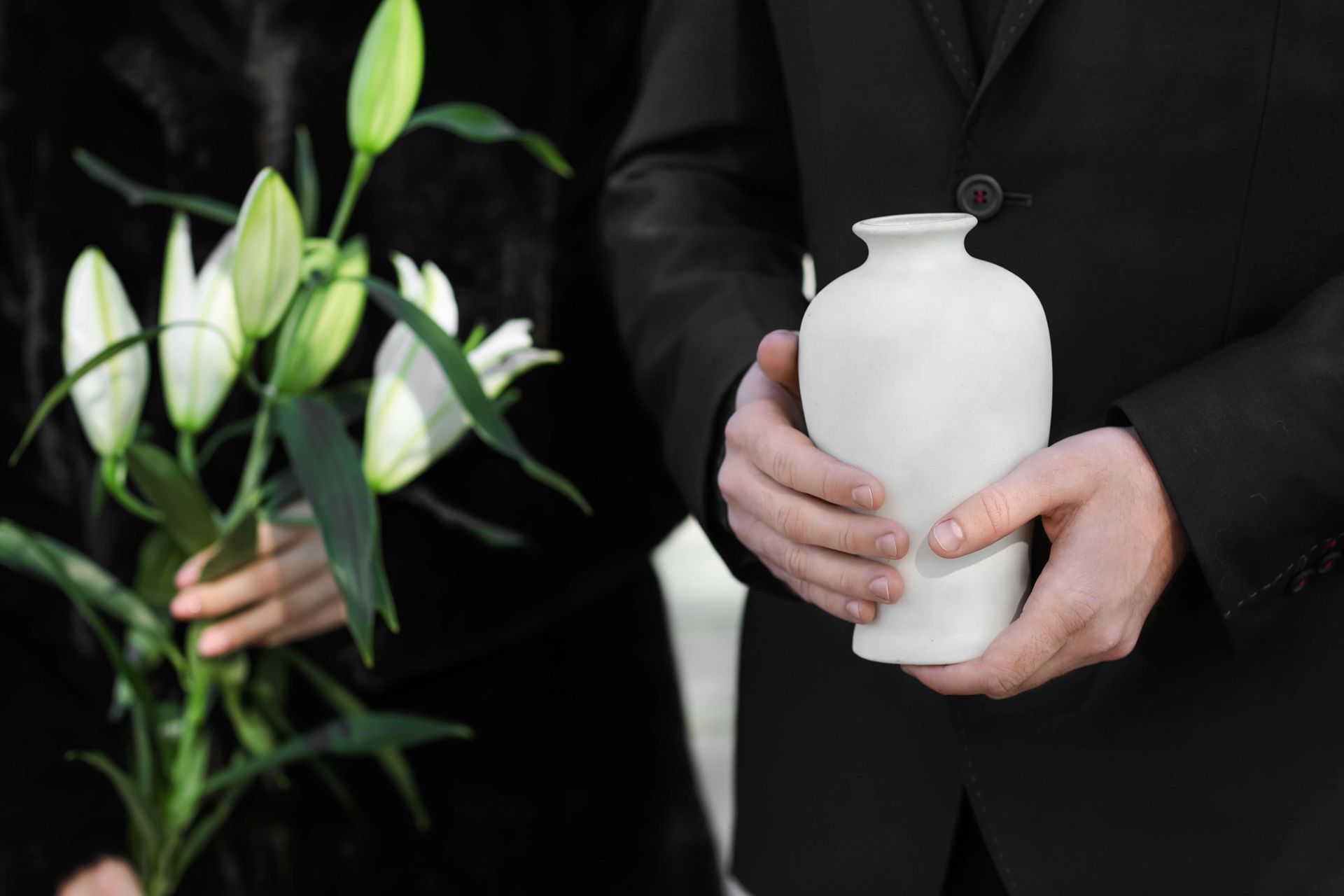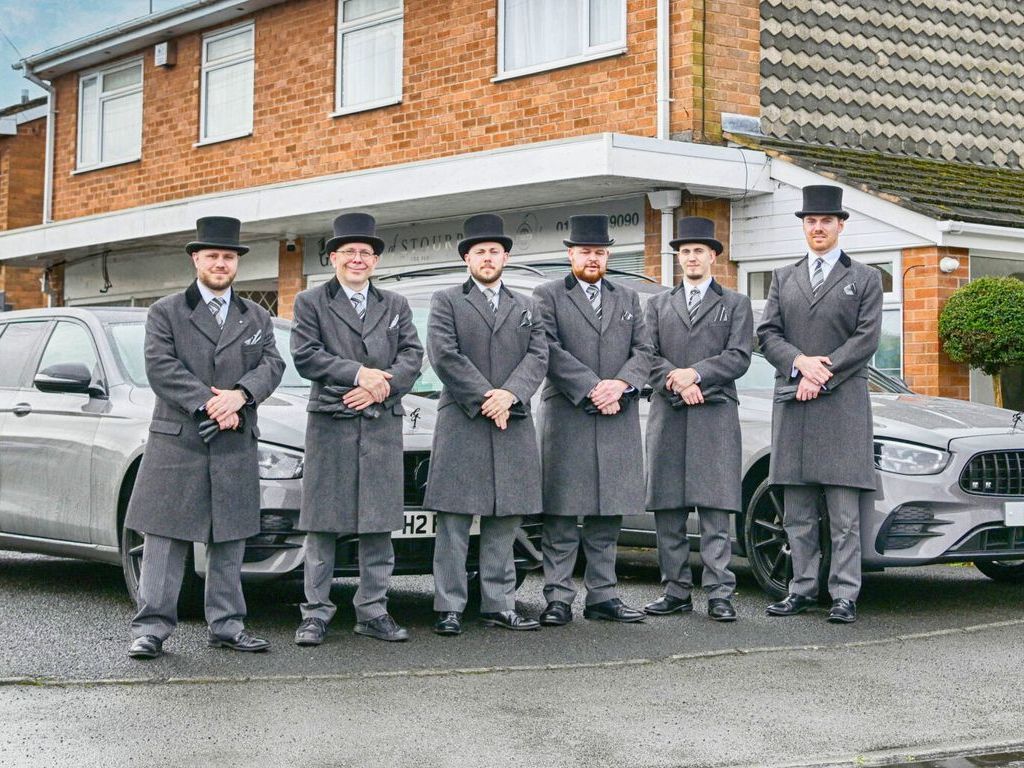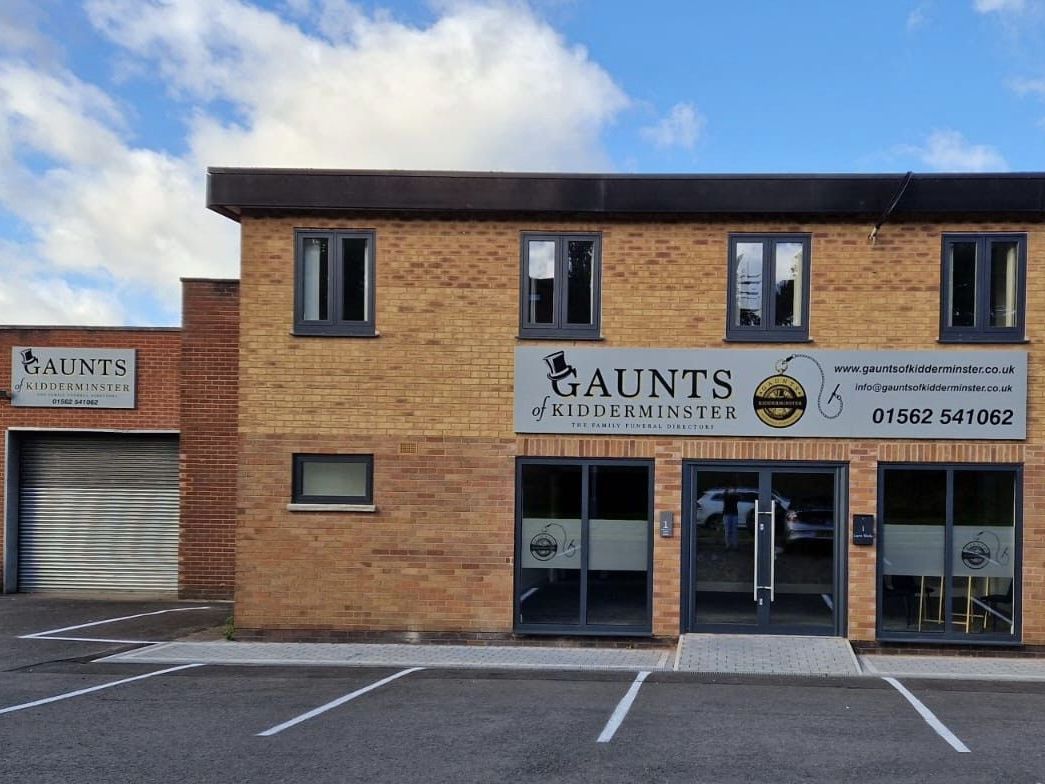What Is a Hearse?
Understanding Its Role in Funerals
The hearse is an iconic and essential vehicle in funeral services, often recognised for its sombre and respectful presence. But what exactly is a hearse, and why is it such an important part of saying goodbye to a loved one? Explore the history, purpose, and significance of hearses in funeral traditions.
What Is a Hearse?
A hearse is a specially designed vehicle used to transport a casket or coffin from the funeral service location to the burial or cremation site. Typically black and elongated in shape, hearses are carefully crafted to carry the deceased with dignity and respect. They are equipped with a specialised interior to securely hold the casket in place during transportation.
The History of the Hearse
The term "hearse" originates from the Latin word hirpex, meaning "rake" or "harrow". Early hearses referred to framework structures used to support candles over a coffin during religious ceremonies. Over time, the word evolved to describe carriages and later motorised vehicles used to transport the deceased.
Horse-Drawn Carriages
Before the invention of motorised vehicles, hearses were ornate horse-drawn carriages. These carriages were often elaborately decorated, with black horses traditionally used to symbolise mourning.
Motorised Hearses
The early 20th century saw the introduction of motorised hearses, which quickly became the standard. These vehicles combined functionality with a solemn aesthetic, ensuring the respectful transportation of the deceased.
What Does a Hearse Look Like?
Modern hearses are typically:
- Long and Spacious: To accommodate a casket or coffin securely.
- Dark in Colour: Most hearses are black, symbolizing mourning, though some are white to signify peace or celebration of life.
- Elegantly Designed: Sleek and understated designs convey dignity and respect.
- Specialised Features: These include rollers or tracks for easy loading and unloading of the casket and sometimes glass panels to allow mourners to view floral arrangements or the casket.

The Role of the Hearse in Funerals
The hearse plays a central role in funeral processions, symbolising the final journey of the deceased. It is often followed by family members and mourners in a convoy of vehicles, creating a respectful and solemn procession to the burial or cremation site.
Cultural and Regional Variations
The use and appearance of hearses can vary widely across cultures and regions. In some traditions, hearses may be brightly coloured or customised to reflect the personality or wishes of the deceased.
Modern Hearses: More Than Just Transport
Today’s hearses are more than just vehicles; they are a symbol of dignity and respect. Innovations in hearse design now include:
- Eco-Friendly Options: Electric and hybrid hearses are becoming more common, reflecting growing environmental awareness.
- Custom Designs: Some families opt for unique hearses, such as motorcycle hearses, vintage cars, or themed vehicles, to reflect the individuality of their loved one.
- Advanced Comfort: Features like air suspension ensure a smooth and respectful journey for the casket.
Why Is the Hearse Important?
The hearse serves a practical purpose by transporting the deceased, but it also holds deep symbolic meaning. It represents the transition from life to rest, offering a dignified farewell as part of the funeral rites. Its presence helps mourners process their grief and honour the deceased’s memory.
Funeral Services and Hearses
At Black Country Funeral Services, we understand the importance of every detail in saying goodbye to a loved one. Our fleet of modern, traditional and unique hearses ensures that your loved one’s final journey is handled with the utmost care and respect. Whether you prefer a classic hearse or a bespoke option, we are here to support you in creating a meaningful farewell.
If you have any questions about hearses or funeral planning, please don’t hesitate to contact our compassionate team. We are here to guide you every step of the way.





